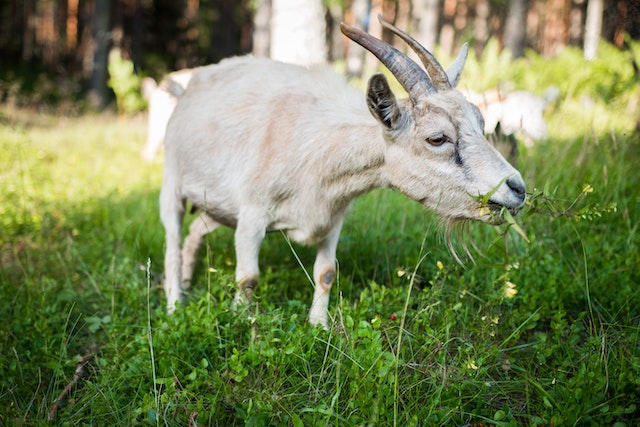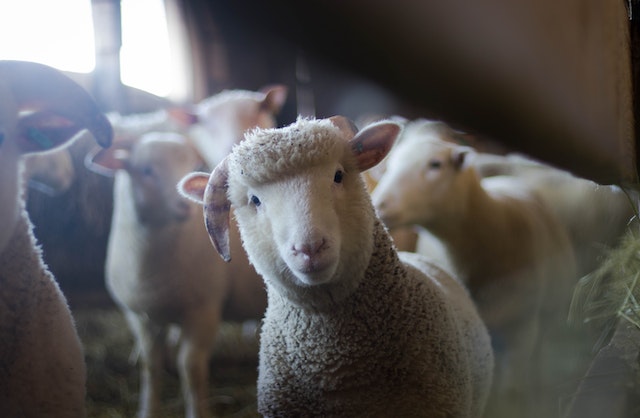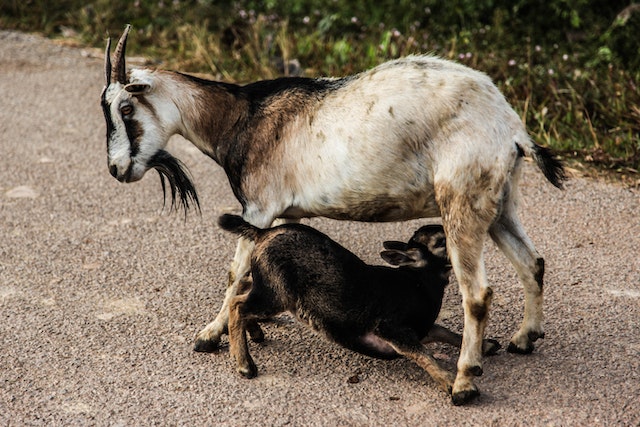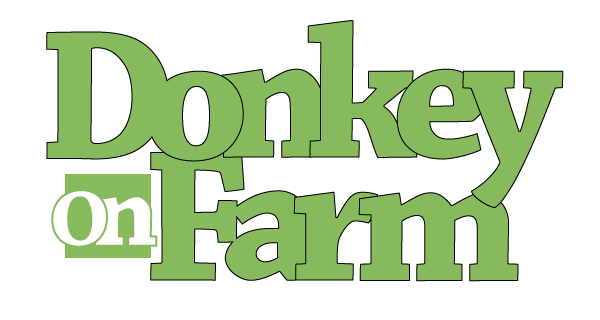For ages, goats and sheep have remained the favorite choices of farmers due to their own distinct advantages. Even if you are a newbie in the animal husbandry sector, own a stretch of land and wondering what to raise, undoubtedly you may opt for either or both as well. As you ponder, it is worthwhile to understand how goats and sheep are related.
Goats and sheep are related and have many similarities as they belong to the same sub-family Caprinae of the family Bovidae in the animal kingdom classification, yet they have significant differences as well which one must comprehend as a farmer.

How are goats and sheep related?
Goats and sheep have many features in common apart from their genetic relation (belonging to the same sub-family). The following are a few similarities between the two.
Appearance
Both goats and sheep are hoofed herbivorous grazing or browsing mammals. They have roughly the same size and similar social structures and at times it may be difficult to identify if a particular breed is a goat or sheep.
Domestication
Humans domesticated sheep and goats around the same timeline of about 10,000 years ago. Both of these were multi-purpose farm animals for humans back in those ages as they provided not only milk and meat but also skin, dung that is dried and used to fuel fire, and wool.
Digestive Process
Both sheep and goats are ruminants. Their food ingestion process involves microbial fermentation followed by rumination. Their stomach consists of four chambers to facilitate digestion, regurgitation and re-digestion of the plant matter. The plant matter initially gets fermented in a chamber of the stomach, i.e the foregut, prior to digestion and this involves microbial action. Then the cud is regurgitated and chewed again so as to further break down the plant matter and ease digestion. This process is known as rumination or cud-chewing and occurs when the sheep or goat is resting.
Social Behavior
Goats and sheep, both are social beings and often live healthily in a herd of moderate size. Roaming as a herd helps guard them against predators, makes mating easy, and helps them protect the young ones within the group. Both goats and sheep display matrifocal behavior in the herd, where the female and its offspring stay close together while the independent males roam in a separate group in close proximity. The female goat or sheep bear a close bond with their offspring.
Gestation
Both goats and sheep have a similar pregnancy period of approximately 5 months. The gestation period lasts for about 150 days in goats whereas it is 146 days in sheep. Either species can give birth to more than one offspring in a delivery.

Key differences between goats and sheep
It is beyond doubt that sheep and goats are related even though they belong to two different species. The differences between them run beyond their relationship with each other and let us see some key differences between goats and sheep.
Biological Differences
As already mentioned, goats and sheep hail from two different species, belonging to the same sub-family. The genetic differences among them are visible in the variation in their chromosome numbers. While goats have 60 chromosomes sheep have only 54 chromosomes. Their scientific names are also different, goats are called Capra Hircus and sheep are called Ovis Aries. The placement of their glands also adds to the variations among them. Goats do not have noticeable tear glands whereas it is clearly visible on sheep.
The genetic difference makes it difficult for the offspring they create when they sometimes mate. These offspring are often stillborn or will be infertile.
Physical Differences
Sheep, most raised for their wool, must be sheared every year in order for them to stay cool in the summers. They have thick coats which distinguish them from goats who do not have a thick coat and do not have to be sheared. Another physical difference is that sheep have a separated upper lip divided by a groove which goats do not possess.
Differences in the Tail
A major difference between goats and sheep is their tail which makes distinguishing them an easy task. Goats have their tails pointed upwards while sheep have them pointing downwards. And very often the tails of sheep are docked to prevent them from getting longer to the point where it gets soiled by feces and start to attract flies. The matter could get out of hand if such a fly strike occurs, where the flies lay their eggs on the sheep’s back and maggots hatch out of it. Hence, for sanitary reasons sheep’s tails are not allowed to grow long.
Differences in Horns
Horns or beards can be spotted on most goats. They have straight and narrow horns. But horns in sheep are not very common and if they do have a horn they grow throughout their lifetime and curl into loops on either side of their head. Some breeds of sheep also have manes.
Diet Pattern
Goats have a bad reputation for eating whatever they find interesting and it does not always end up favoring them. Goats prefer an array of foods ranging from leaves, shrubs, and twigs and often feed on top of plants. In the case of sheep, they prefer to stay on the ground and eat what they find on the ground. They totally ignore trees and shrubs and are more inclined towards short grasses.
Behavioral Differences
Goats are a bit difficult to manage when compared to sheep as they find it fun and interesting to jump fences and make their way out of confinement. This is a perk of them being one of the smart animals in their family. They are always curious and independent, but they require at least one goat as a companion to them.

As for sheep, they are known for their instinct of always remaining in a flock. This makes it easier for the shepherds to manage them too as they would only be required to control the dominant one in the flock. Sheep often get agitated if they are separated from their flock.
Commercial and Farming Aspects
Comparatively, goats are not really low-maintenance farm animals especially as they are prone to worms, stomach problems and illnesses. Sheep can easily fit into different farm sizes. Sheep give birth to one offspring a year and require more volume of fodder than goats. An advantage of sheep farming is the volume of wool that is obtained every year, unlike in the case of goats. Goat farming is more profitable than sheep farming as a goat gives birth to four lambs a year and requires a lower amount of fodder than sheep.
Glands
Sheep have noticeable face or tear ducts beneath their eyes and scent glands between their toes. However, goats have a scent gland underneath their tails. This scent gland causes male goats to have a strong and offensive smell during their mating season. However, male sheep don’t usually smell much. Male goats develop a different odor when it attains sexual maturity while such an odour is not found among male sheep that have attained sexual maturity.
Lifespan
The lifespan of sheep varies from 10 to 12 years whereas goats live a little longer for about 15 to 18 years.
Summary
Both sheep and goats are valuable livestock animal species that are related genetically as well as with many aspects in common while some notable differences exist as well. Sheep and goats are excellent choices for naïve farmers to begin an animal husbandry venture. It is important for any novice or experienced animal husbandry farmer to understand the relation between these two species as well as their distinguishing factors. This understanding is vital to help the farmer outline and implement the appropriate raising strategy for a profitable and successful farming venture with either or both of them.

![Are Goats and Sheep Related? [Plus How Are They Different] are-goats-and-sheep-related](https://donkeyonfarm.com/wp-content/uploads/2023/04/are-goats-and-sheep-related.jpg)

![How to Care for a Pregnant Goat [Tips to Keep Them Happy] how to care for a pregnant goat](https://donkeyonfarm.com/wp-content/uploads/2023/08/how-to-care-for-a-pregnant-goat_11zon-270x180.jpg)

![How Much Space Does a Pygmy Goat Need? [Plus Some Facts] how much space does a pigmy goat need](https://donkeyonfarm.com/wp-content/uploads/2023/07/pygmy-goat-1-270x180.jpg)
![How Many Goats Per Acre? [Hint: The Numbers Can Vary] how many goats per acre](https://donkeyonfarm.com/wp-content/uploads/2023/01/How-many-goats-per-acre-270x180.jpg)